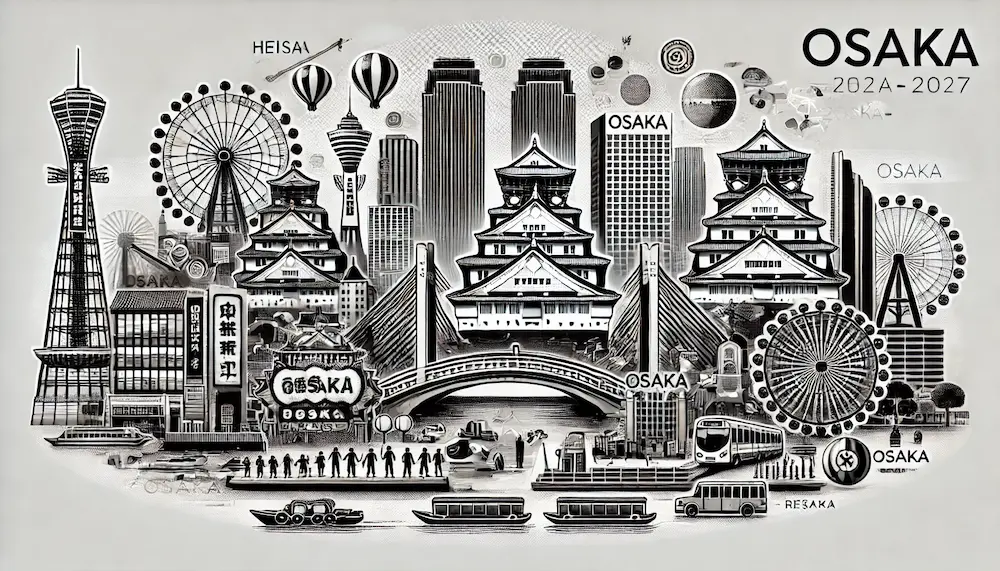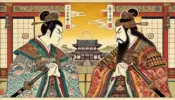Modern Osaka: From Bubble Economy to Global Hub in the Heisei and Reiwa Eras
Osaka has seen remarkable transformations during the Heisei and Reiwa periods, playing a pivotal role in Japan’s modern era. From the bubble economy and urban development to internationalization and cultural evolution, Osaka continues to be a dynamic and influential city.
The Bubble Economy and Urban Development in Osaka
During Japan’s bubble economy in the late 1980s and early 1990s, Osaka experienced significant economic growth and urban development. The city saw the construction of high-rise buildings, new commercial districts, and infrastructure improvements that transformed its skyline. However, the subsequent burst of the bubble economy brought challenges, including a real estate market crash and economic downturn. Despite this, the urban development projects initiated during this period laid the groundwork for Osaka’s future growth and modernization.
Osaka in the 21st Century and Internationalization
As the 21st century unfolded, Osaka adapted to the global economy, positioning itself as a key player in international business and tourism. The city made significant strides in technology, industry, and global connectivity. Major events like the G20 summit and the upcoming World Expo 2025 have further elevated Osaka’s global profile. Additionally, Osaka has become a hub for cultural exchange, hosting international festivals, educational programs, and fostering a vibrant multicultural community.
Modern Culture and Tourism in Osaka
In the Heisei and Reiwa periods, Osaka’s culture has evolved, blending tradition with modernity. The city is known for its thriving entertainment industry, including modern art, theater, and music scenes. Osaka’s culinary landscape has also flourished, with a mix of traditional and contemporary dining experiences. Popular tourist destinations like Universal Studios Japan, Osaka Castle, and the Dotonbori area continue to attract visitors from around the world. Cultural festivals and events, such as the Osaka Tenjin Matsuri and the annual cherry blossom viewing at Osaka Mint, showcase the city’s lively cultural scene.
Legacy and Future of Osaka
The developments during the Heisei and Reiwa periods have left a lasting impact on Osaka, shaping its identity and global reputation. As Osaka looks to the future, it faces challenges such as sustainability, urban planning, and preserving its cultural heritage. However, the city’s resilience and adaptability suggest that it will continue to thrive as a leading metropolis in Japan.
Conclusion
Osaka’s journey from the Heisei to Reiwa periods highlights its role as a dynamic and evolving city. From the economic boom of the bubble era to its current status as an international hub, Osaka’s development reflects its enduring significance in Japan. Exploring the city’s modern culture and tourist attractions offers a unique insight into its vibrant identity and future potential.









